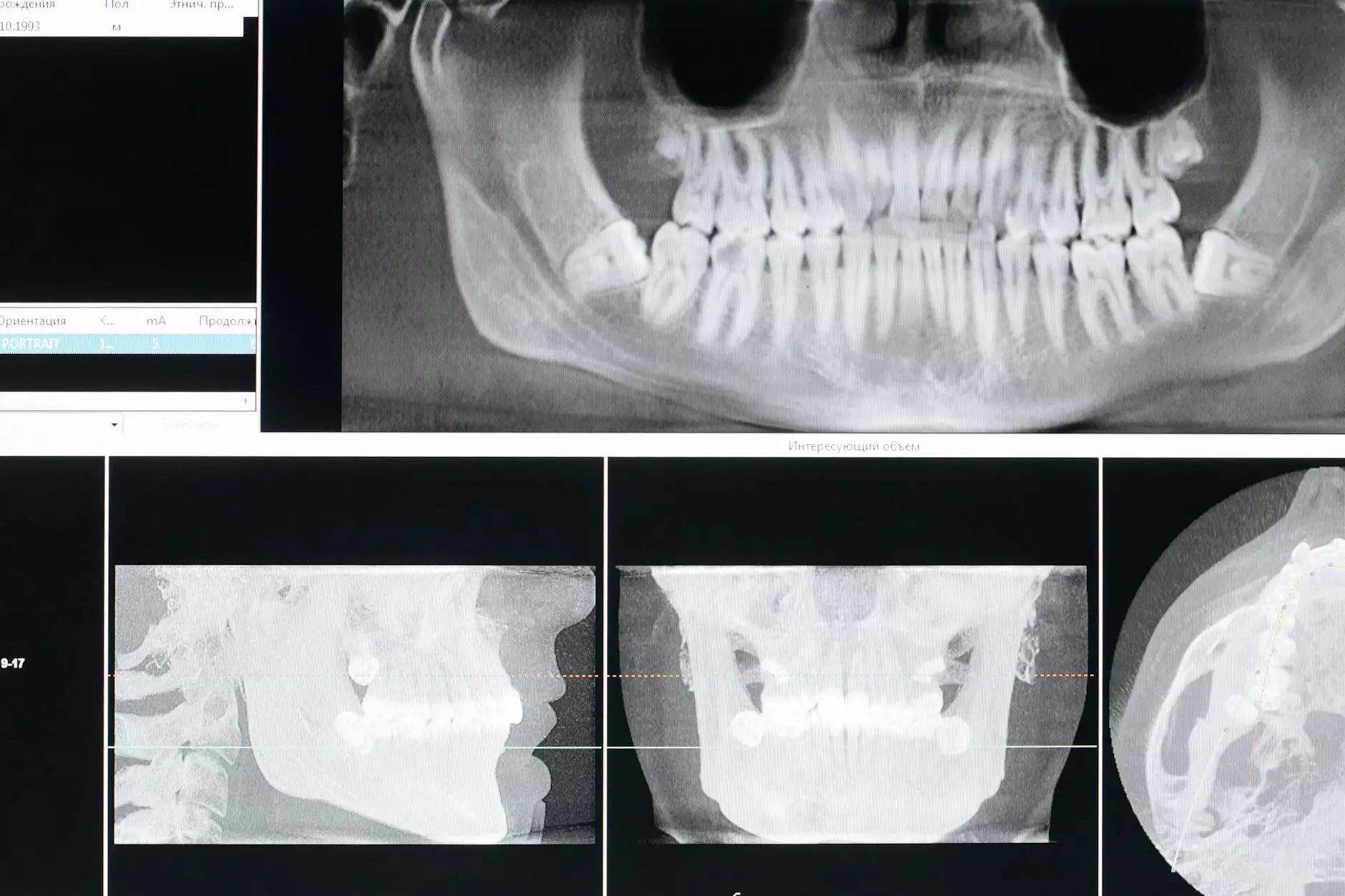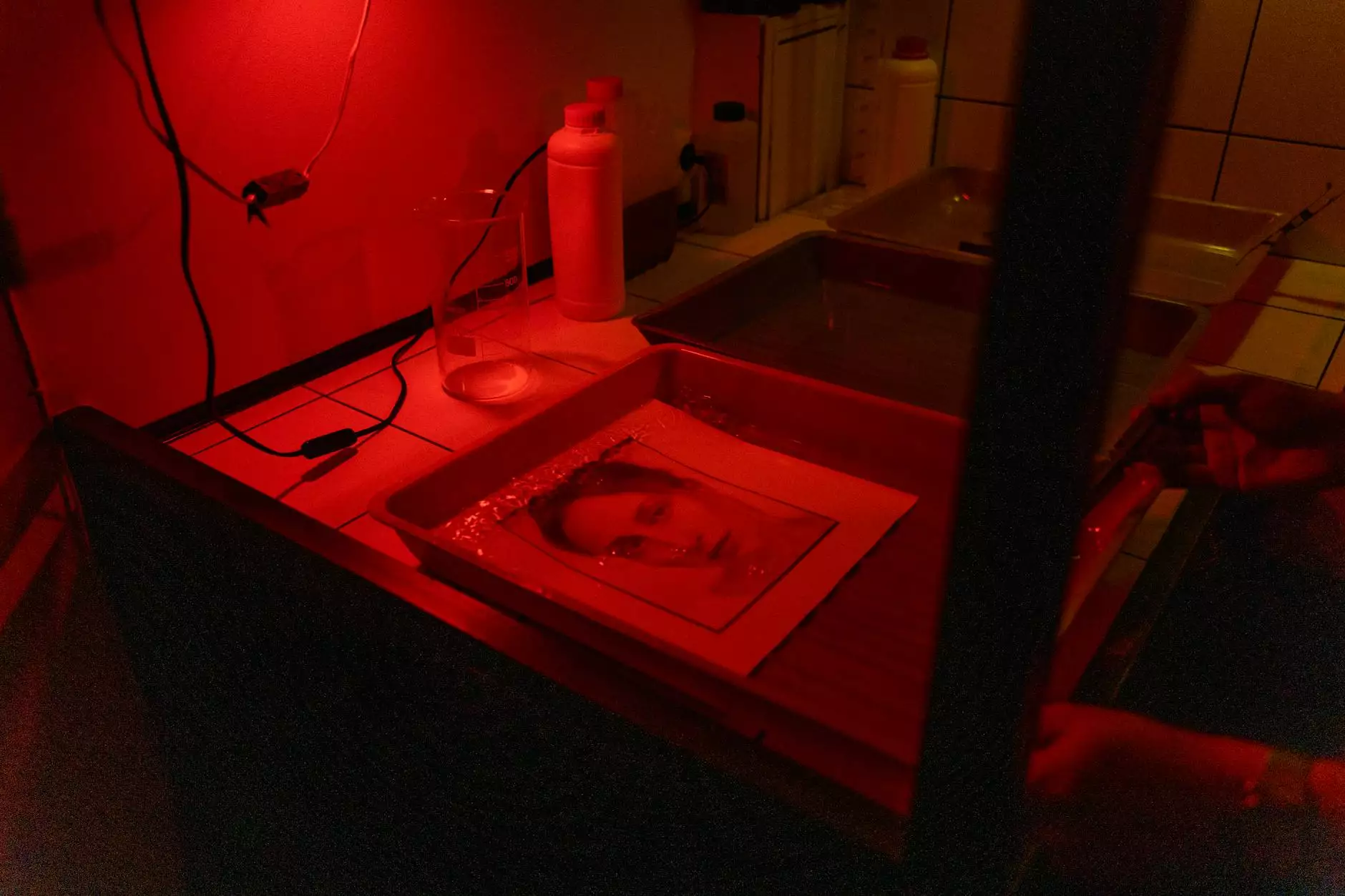Lung Cancer CT Scan: Understanding Its Importance in Early Diagnosis

Lung cancer is one of the leading causes of cancer-related deaths globally, making timely diagnosis essential for effective treatment. Recent advancements in medical imaging, particularly the lung cancer CT scan, have significantly improved our ability to detect and monitor this disease in its early stages.
What is a Lung Cancer CT Scan?
A lung cancer CT scan, or computed tomography scan, is a non-invasive imaging technique that uses x-rays and computer technology to create detailed cross-sectional images of the lungs. Unlike standard x-rays, CT scans provide a more comprehensive view, revealing nuances that are crucial for identifying lung tumors, nodules, and other abnormalities.
Why is Lung Cancer CT Scan Important?
Early detection of lung cancer can vastly improve survival rates. Studies indicate that individuals with early-stage lung cancer have a significantly higher chance of successful treatment and recovery. The lung cancer CT scan assists in:
- Detection and Diagnosis: Identifies lung nodules and masses that may indicate cancer.
- Staging Cancer: Helps determine the extent of cancer spread (if diagnosed). This is crucial for formulating an effective treatment plan.
- Monitoring Progress: Allows healthcare providers to observe existing lung cancer's growth or any changes during treatment.
- Guiding Biopsy: Assists in locating suspicious areas for biopsy, which is essential for accurate diagnosis.
The Procedure: What to Expect During a Lung Cancer CT Scan
Understanding the process of a lung cancer CT scan can help ease patient anxiety. Here’s what typically happens:
Preparation for the Scan
- Patients may be advised to avoid food and drink for a few hours before the procedure.
- Any metal objects, such as jewelry, should be removed to avoid interference with imaging.
During the Scan
While the specifics can vary, the typical steps during the scan are:
- Positioning: Patients are asked to lie on a motorized table that slides into the CT scanner.
- Breathing Instructions: Patients will be instructed to hold their breath for short periods while the scan is being taken.
- Contrast Material: In some cases, a contrast dye may be injected to enhance the images. This helps differentiate between normal and abnormal tissues.
- Duration: The entire procedure usually takes around 10-30 minutes.
Benefits of Lung Cancer CT Scans
The advantages of undergoing a lung cancer CT scan extend beyond mere detection. They include:
- High Sensitivity: CT scans can detect smaller nodules that might be missed by traditional x-rays.
- Quick Procedure: The imaging process is fast and typically requires only a minimal amount of time spent in the facility.
- Painless: The procedure is non-invasive, causing no physical discomfort to the patient.
- Comprehensive Imaging: CT scans provide a broad view that can reveal not only cancers but also other lung conditions like emphysema or chronic obstructive pulmonary disease (COPD).
Risks and Considerations
While the lung cancer CT scan is a valuable diagnostic tool, it is important to be aware of potential risks:
- Radiation Exposure: CT scans involve exposure to radiation, though the risk is considered low compared to the benefits of early cancer detection.
- False Positives: Sometimes CT scans can indicate the presence of cancer when there is none, leading to unnecessary anxiety and additional tests.
- Need for Follow-Up: Based on the results, further assessments or invasive procedures may be recommended, which can be daunting for patients.
Post-Scan Protocol: What Happens Next?
After the lung cancer CT scan, the healthcare provider will analyze the results closely, interpreting the images for any signs of malignancy:
- Follow-Up Appointments: Patients may be scheduled for follow-up consultations to discuss findings.
- Biopsy Recommendations: If a suspicious area is detected, a biopsy may be recommended to confirm cancer that may require further analysis.
- Treatment Planning: If cancer is confirmed, a personalized treatment plan will be discussed, including surgery, radiation therapy, chemotherapy, or a combination of these methods.
Integrating CT Scans into Comprehensive Cancer Care
The role of a lung cancer CT scan is a critical piece of the larger puzzle of lung cancer care. Other aspects include:
Collaboration Among Specialists
Successful outcomes are often due to collaborative efforts among various medical professionals, including:
- Oncologists: Specialists in cancer treatment.
- Pulmonologists: Experts in lung diseases.
- Radiologists: Physicians who specialize in interpreting imaging studies.
- Surgeons: For cases requiring surgical intervention.
Patient Support Services
Beyond medical treatments, patients often benefit from support services:
- Counseling: Psychological support for patients and their families.
- Physical Therapy: Rehabilitation options to regain strength and functionality.
- Nutrition Counseling: Guidance toward diet that supports immune function and recovery.
Conclusion: The Future of Lung Cancer Diagnosis
The evolution of imaging technology continues to transform the landscape of lung cancer diagnosis and treatment. The lung cancer CT scan stands at the forefront, helping doctors and patients tackle this formidable disease with greater confidence. As research progresses, we can expect further innovations that enhance diagnostic accuracy and broaden the horizons for early treatment options.
Regular screenings, combined with advanced imaging technologies like CT scans, can lead to earlier detection and more effective intervention strategies, ultimately improving patient outcomes and contributing to the fight against lung cancer.
For more information on lung cancer CT scans and comprehensive cancer care, visit Hello Physio.








